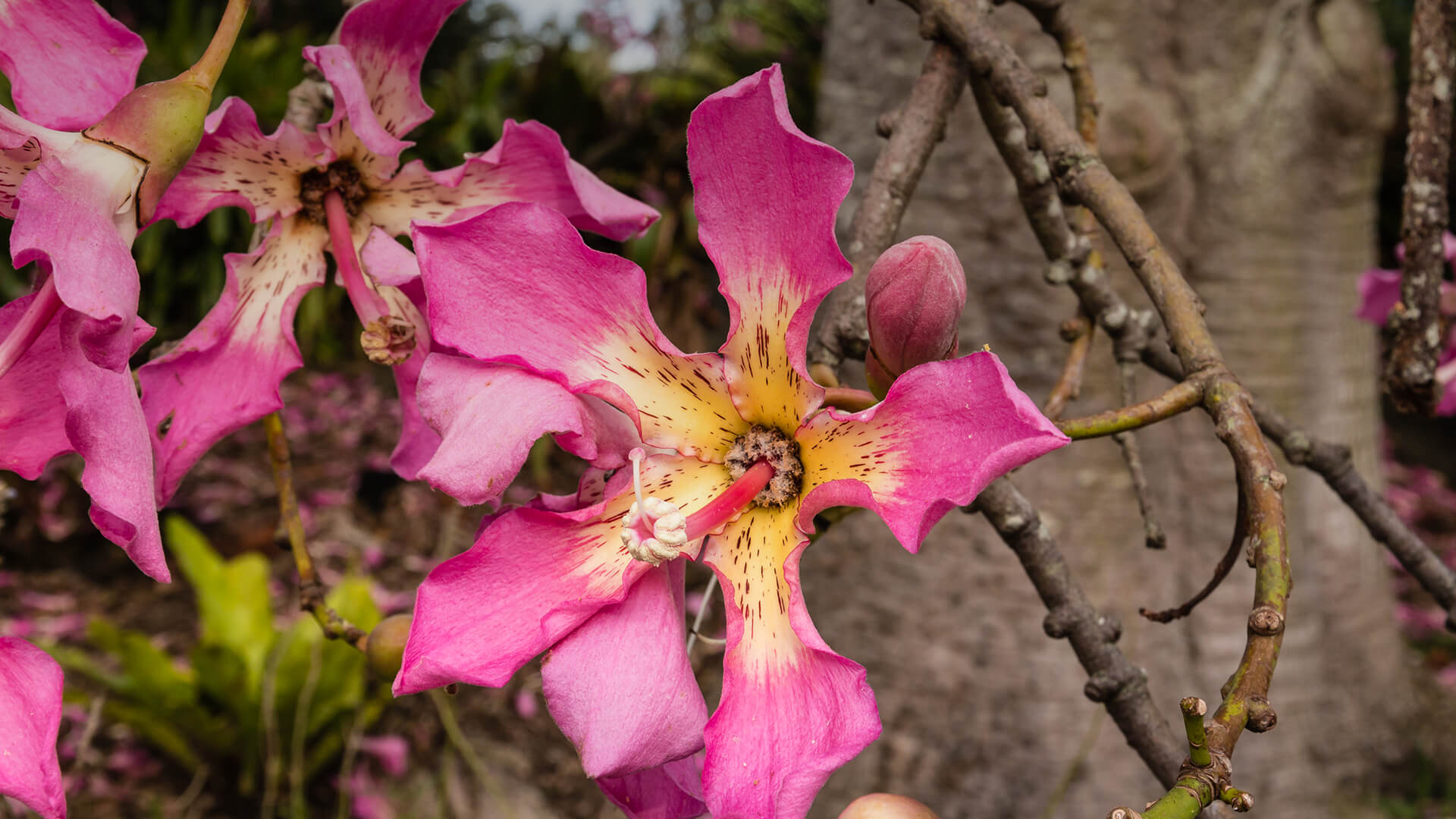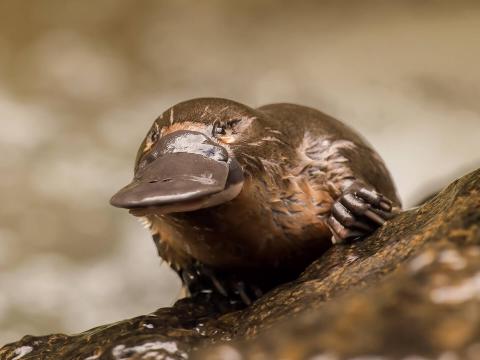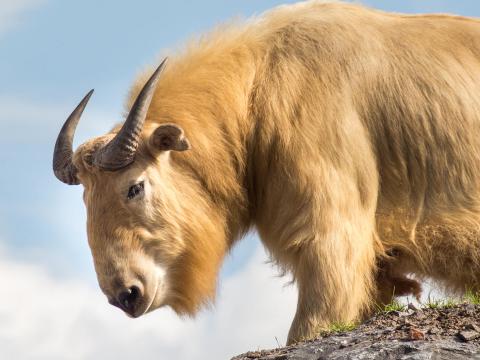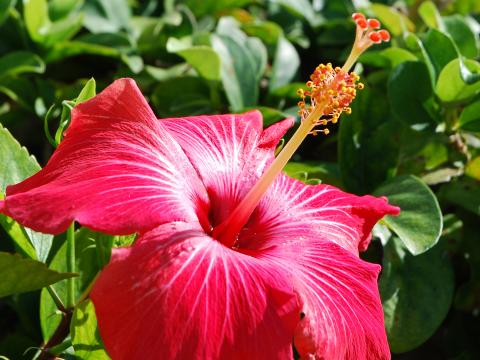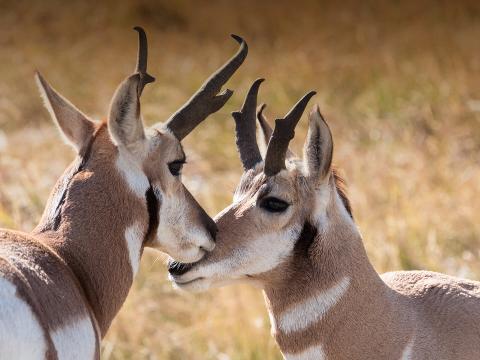Floss Silk Tree
- DIVISION: Tracheophyta (vascular plants)
- CLASS: Magnoliopsida (dicotyledons)
- ORDER: Malvales
- FAMILY: Malvaceae
- GENUS: Ceiba (formerly Chorisia)
- SPECIES: speciosa
OVERVIEW
The exquisite blooms, odd pods, and cottony puffs of the prickly-trunked, floss silk tree are hard to ignore. This tree is a standout! It comes from subtropical forests of Brazil, Argentina, and Paraguay, but it flourishes as an ornamental landscape tree in subtropical regions, including the southern US. You might also find it planted along urban streets in South Africa, Australia, and northern New Zealand. A mature floss silk tree can be 60 feet (18.3 meters) tall and 30 feet (9 meters) wide. In bloom, its pink umbrella makes it one of the most beautiful trees in the world.
CHARACTERISTICS
Sharp, stout, prickles stud the fat trunk and branches of a floss silk tree—a strong discouragement to would-be browsers. This tree bears large, palm-shaped, compound leaves, with leaflets that are three to five inches long. When the tree blooms, it drops its leaves and pours its energy into creating a thick canopy of giant, rosy flowers. Each showy, star-shaped flower has five frilly petals streaked with pink, surrounding a creamy center. When the show ends, flowers give way to eight-inch, green seedpods that dangle from bare branches. The pods dry, turn brown, and split open to reveal another surprise: fluffy, pure-white fiber puffs that look like super-sized cotton balls. Tiny floss silk seeds are entangled in the fiber. Eventually, wind carries away the fibers and the seeds, to plant the next generation of trees.
CULTIVATION
Floss silk trees are cultivated as a landscape tree in suitable climates around the world, so you may see them in places like Florida, Hawaii, and Southern California. Established trees need very little water, and they tolerate temperatures as low as about 27 degrees Fahrenheit. Young trees grow quickly—up to 3 feet (1 meter) per year, and they flower in 8 to 10 years. Interested in showcasing one of these beauties in your own garden? Consider carefully. You'll need full sun, well-drained soil, and—most importantly—lots of space for the tree to spread, both above ground and below ground. The tree's large root system can be invasive and destructive to nearby concrete such as sidewalks and foundations.
OUR COLLECTION
The green canopy across from the Zoo exit turns pink when these floss silk trees bloom, usually in September. In winter you can see the hanging seedpods, and in spring you can see bursts of fluff as seedpods split. Visit any time of year to see this tree's surprisingly prickly trunk.

